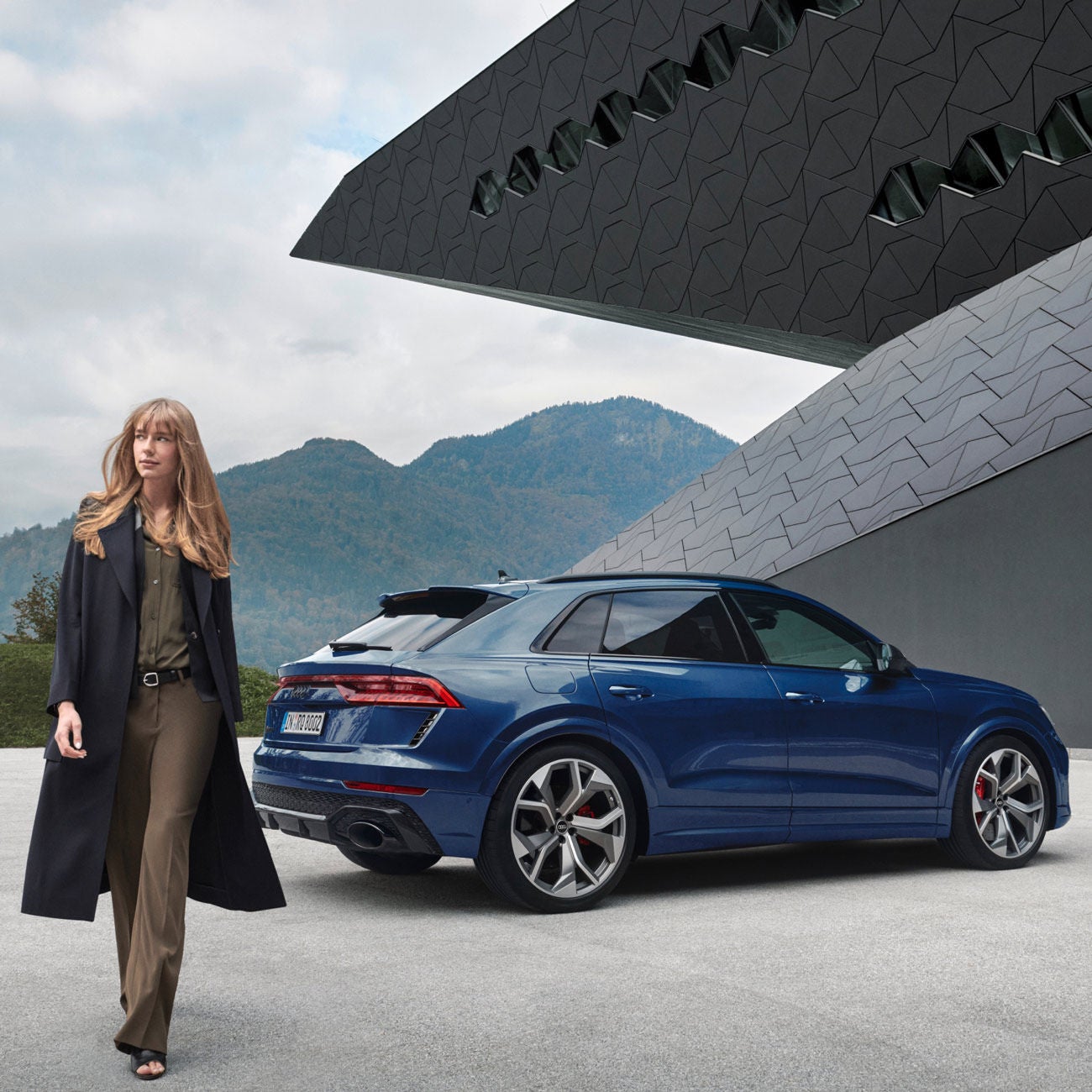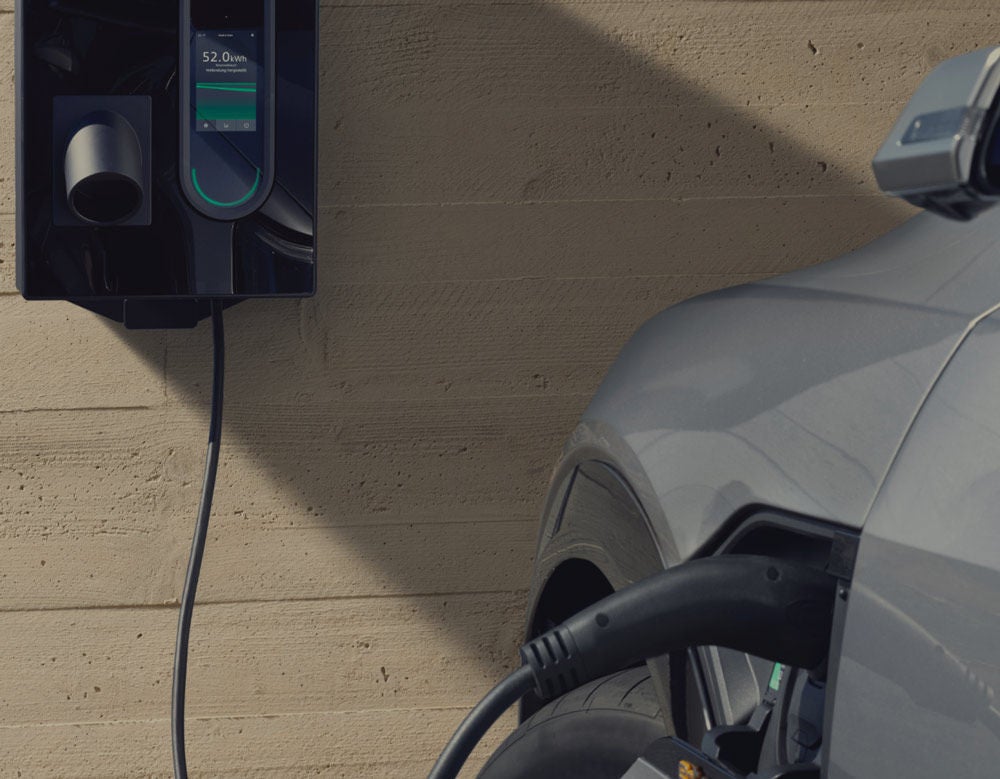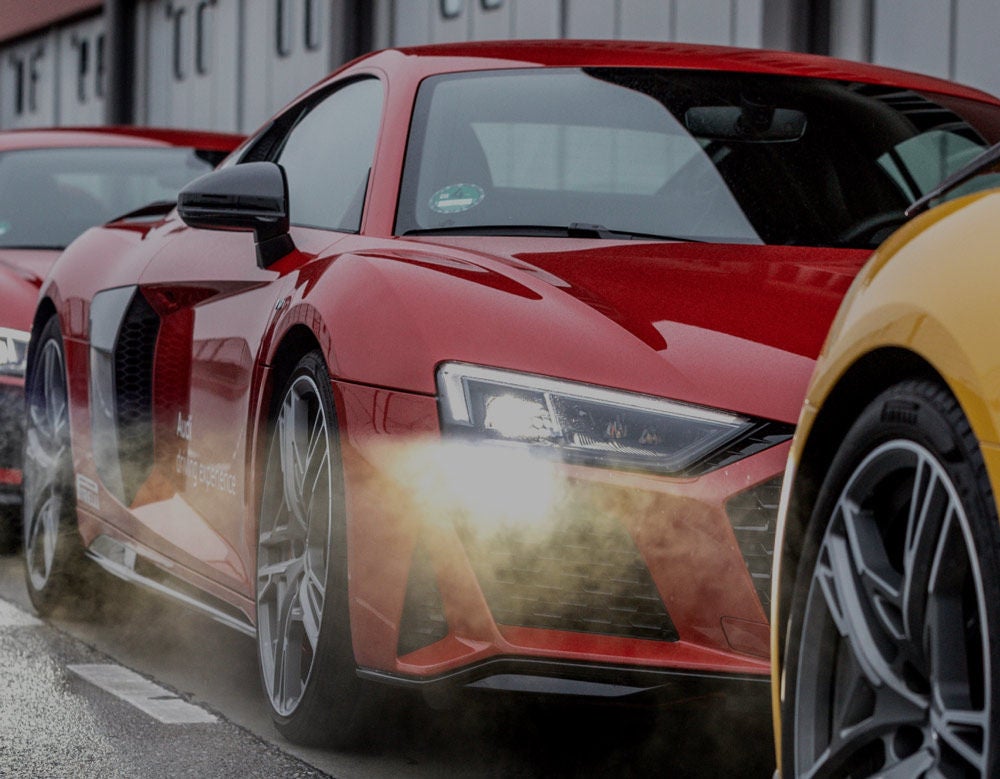WLTP

Worldwide Harmonised Light Vehicle Test Procedure
The old lab test – called the New European Driving Cycle (NEDC) – was designed in the 1980’s. Due to evolutions in technology and driving conditions, it became outdated. The European Union therefore developed the Worldwide Harmonised Light Vehicle Test Procedure (WLTP). The EU automobile industry welcomed the shift to WLTP and has actively contributed to the development of this new test cycle.
While the old NEDC test determined test values based on a theoretical driving profile, the WLTP cycle was developed using real-driving data, gathered from around the world. WLTP therefore better represents everyday driving profiles.
The WLTP driving cycle is divided into four parts with different average speeds: low, medium, high and extra high. Each part contains a variety of driving phases, stops, acceleration and braking phases. For a certain vehicle type, each powertrain configuration is tested with WLTP for the car’s lightest, most aerodynamic (most economical) and heaviest, least aerodynamic (least economical) version.
WLTP was developed with the aim of being used as a global test cycle across different world regions, so pollutant and CO2 emissions as well as fuel/energy consumption values would be comparable worldwide. However, while the WLTP has a common global ‘core’, the European Union and other regions apply the test in different ways depending on their road traffic laws and needs.
WLTP values are available to our customers. NEDC CO2 values derived from the WLTP test were used for taxation for the tax years 2017/2018; 2018/2019 and 2019/2020. It is only for new passenger vehicles registered after 1st April 2020, that the WLTP values will be used for taxation purposes.
What are the benefits of WLTP?
WLTP provides much more realistic testing conditions. These include:
- More realistic driving behaviour.
- A greater range of driving situations; low, medium, high, extra high and combined.
- Longer test distances;
- More realistic ambient temperatures, closer to the European average.
- Higher average and maximum speeds.
- Higher average and maximum drive power.
- More dynamic and representative accelerations and decelerations.
- Shorter stops.
- Optional equipment: CO2 values and fuel/energy consumption are provided for individual vehicles as built.
- Stricter car set-up and measurement conditions.
- Enables best and worst-case values on consumer information, reflecting the options available for similar car models.
- Add fuel/energy in all areas.







